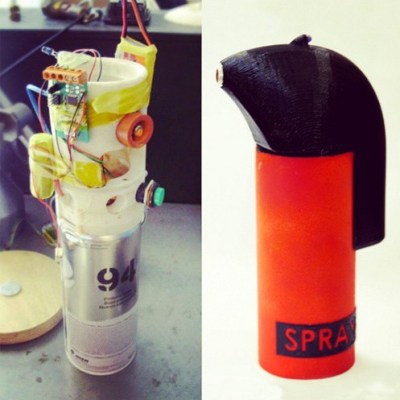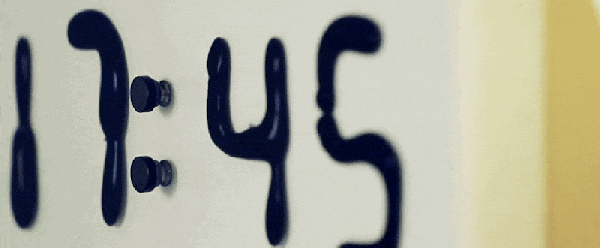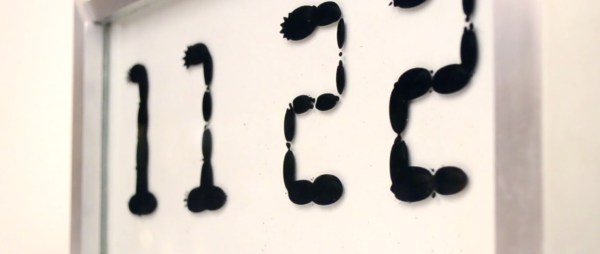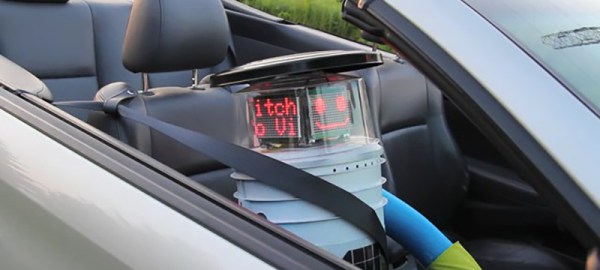Now is your chance to hold a piece of Hackaday in your hands. Last year we announced our first ever print edition. We continue that tradition with a much bigger offering. Hackaday Omnibus vol #02 gathers the best content from Hackaday over the last year. This includes in-depth original content, incredible art, the events that mattered over the last 12 months, and a few cryptic easter eggs.
 [Joe Kim], Hackaday’s Art Direct, really outdid himself with the cover this year. Inspired by an epic movie, the illustration includes a shoutout to almost every article found within. Of course there is a lot more of his work inside, along with the efforts of dozens of writers, artists, editors, and more.
[Joe Kim], Hackaday’s Art Direct, really outdid himself with the cover this year. Inspired by an epic movie, the illustration includes a shoutout to almost every article found within. Of course there is a lot more of his work inside, along with the efforts of dozens of writers, artists, editors, and more.
All 128 pages of Omnibus vol #02 were painstakingly laid out by [Aleksandar Bradic] who enlisted the help of a dedicated core of Hackaday.io members to help pore over the final drafts, ensuring the presentation is immaculate. Along the way some of them teamed up to roll in those easter eggs that I previously mentioned. We don’t even know what all of it means, you should be the first to solve the mystery.
Most of the 31 articles that grace these pages have run past the front page of Hackaday. But there are a few that were written specifically for the print edition. These will be published on our front page starting in 90 minutes and continuing for a few weeks. It is important to us to share these great works without the need to purchase anything. But the Omnibus is truly one of the coolest pieces of tech literature that you can own. It deserves a place on your coffee table, reception area at work, and as a gift for all who love to know how things work, how things were built, and the legacy of knowledge that has come from generations of hacking.
We’re only running a single printing of this gorgeous volume. Make sure you get one of your own by placing a pre-order now. Be one of the first 500 using coupon code OMNIBUS2015 and get it for just $10! Show that you support great content and help make future projects like this possible.



 While we’re not sure that we have the patience to paint our walls this way, it’s a cool effect. But even more, we love the idea of using the cellphone camera for location sensing. Many robotics applications do just this with an overhead camera.
While we’re not sure that we have the patience to paint our walls this way, it’s a cool effect. But even more, we love the idea of using the cellphone camera for location sensing. Many robotics applications do just this with an overhead camera.

 There’s little to no information on the details of how the clock works other than the use of ferrofluid. But it’s not hard to guess that it uses dozens of electromagnets
There’s little to no information on the details of how the clock works other than the use of ferrofluid. But it’s not hard to guess that it uses dozens of electromagnets 











